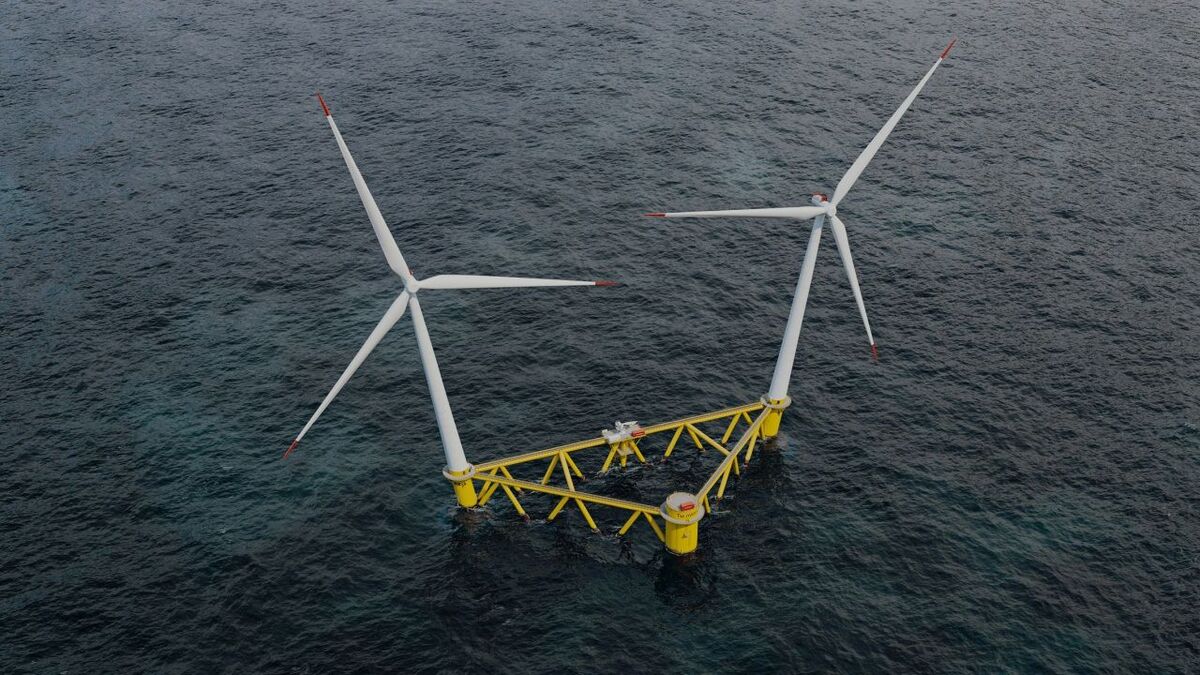Hexicon is working with the Killybegs Fishermen’s Organisation (KFO) and Sinbad Marine Services on a new approach to offshore wind development that sees fishermen involved in the development process from the outset
The company, best known for its Twin Float substructure, has signed a memorandum of understanding with KFO and Sinbad Marine Services that will see local fishermen engaged with and influencing the development of a 2-GW floating offshore windfarm off the coast of Donegal.
The focus of the MoU is for the parties involved to co-operate and agree solutions which are mutually beneficial for the development of a windfarm which does not adversely affect the fishing industry or the marine environment while contributing to the transformation of local and global energy supply chains.
Under the agreement, key decisions – including site selection, cable routing and land fall – will be collectively analysed and agreed. Similarly, other stakeholders, including environmental organisations, will also be given input at an early stage in shaping the location and design of the floating windfarms. In parallel, Sinbad Marine, a long-established port operator and marine service provider, will ensure the floating offshore wind project maximises its engagement with local industry and leverages local infrastructure.
The proposed floating windfarm is more than 50 km off the Donegal coast. It could also position Killybegs as a leading service hub for the fledgling offshore wind industry as well as helping establish energy independence for the fishing industry and wider region.
KFO chief executive Seán O’Donoghue said, “This is a unique new approach to how floating wind energy can work in collaboration with fishermen.
“We weren’t interested in being presented with a fait accompli or lines drawn on maps by a developer. By signing this MoU, we have guaranteed that we will be at the centre of a project which has the potential to be an economically transformative.
“Offshore wind is coming and with the KFO seeking out a new approach, partnering with a suitable developer, we have put ourselves in pole position to harness a historic opportunity.”
Hexicon chief executive Marcus Thor said, “As an early-stage developer of floating offshore wind projects, coexistence is at the centre of what we do.
“It is absolutely essential that we base our projects on constructive dialogue and collaboration with key local stakeholders and regional organisations. We hope this can serve as a precedent for other offshore wind developers globally.”
Sinbad Marine Services managing director Jim Parkinson said, “Providing a stable supply of clean energy will help Killybegs become the first green port in Ireland, which will significantly transform the economic and social opportunities for future generations.”
A phase two Marine Area Consent (MAC) for the windfarm will be applied for under Ireland’s new Marine Area Planning Act. The Maritime Area Regulatory Authority which is soon to be established, will manage permitting of all offshore projects by issuing a MAC to all qualifying projects. Award of a MAC in turn, allows the developer to make an application for planning permission to An Bord Pleanála.
It is intended to use part of the energy generated to produce green fuels such as hydrogen or ammonia which in turn could be used to power the fishing fleet while also contributing to energy security for the port and local community. The pioneering initiative will require some 6,400 tonnes of hydrogen annually.
Contingent on adequate grid reinforcement being provided, the remainder of the energy will be connected to the national grid and contribute to Ireland’s stated target of 5 GW from offshore energy by 2030.






